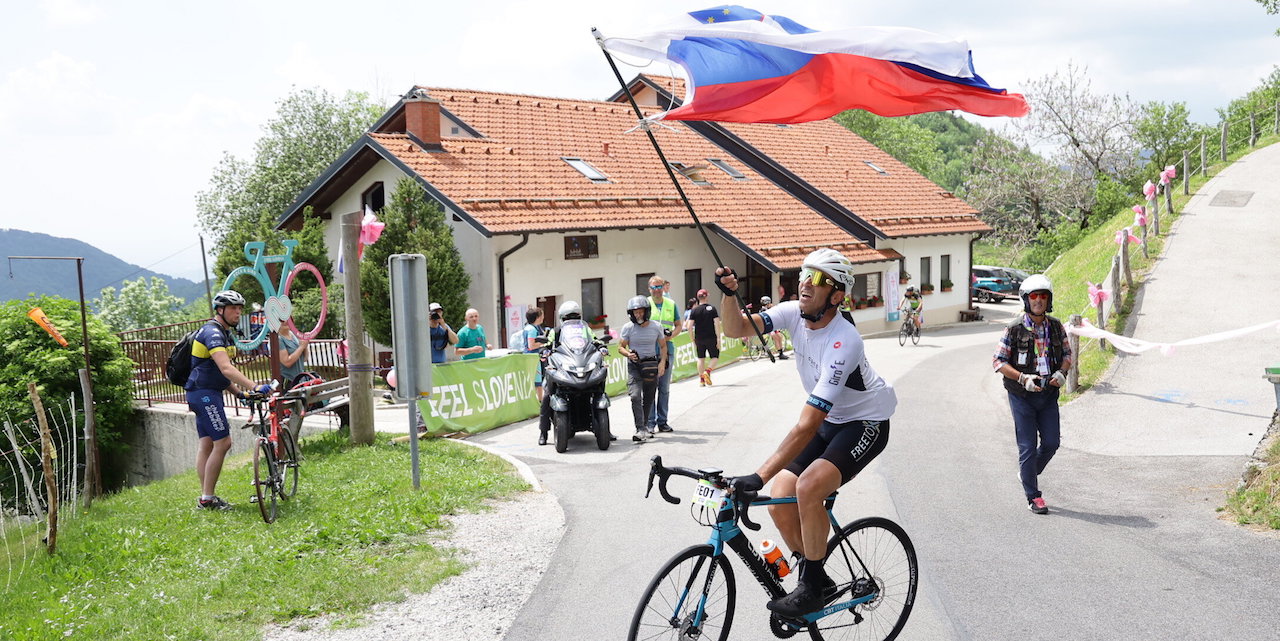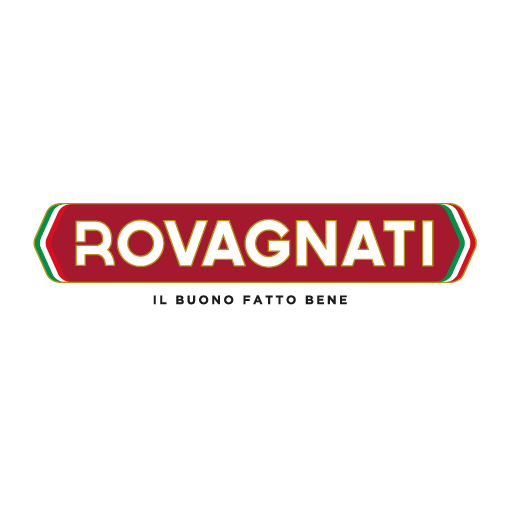Caporetto. A place with so many stories to tell. Of man’s stupidity, his madness. Yet also his bravery.
A full 105 years have passed – 105, like the editions of the Giro d’Italia – since that autumn of 1917 in which Austro-Hungarian and Italian soldiers massacred each other. For us now in our fifties, this was our grandfathers’ war. For our children, it was the war waged by their great-grandfathers. Such tragedies should never be forgotten, but neither should the courage of those who were willing to face horror to defend their country.
Today, the Giro pays its respects to the fallen on every front. The pro Giro briefly enters Slovenia and transits through Caporetto (or rather, Kobarid) which is, instead, the starting point for Giro-E stage 16. A homage to one of Europe’s greatest tragedies, from a great sporting event that has, over the years, united so many.
The Kobarid (Caporetto) – Santuario di Castelmonte stage
This (Giro-E) route is indeed worthy of the places it passes through: 56 kilometres, 2,000 meters of elevation gain, an uphill finish. A 4-star stage in every way. Starting in Slovenia, the riders immediately face the first major challenge, the Kolovrat: a Category 1 climb that lasts ten kilometres, lifting the Giro-E caravan 950 metres at an average gradient of 9.2%, with peaks of 15%. A long, tricky descent then takes the riders to kilometre 48 and Cividale del Friuli, where the second ascent begins. This leads up to the mystical Sanctuary of Castelmonte, in the province of Udine: 7 kilometres, 515 meters of vertical gain, a 7.8% average gradient with spikes of 14%. Legs and motors will have to be in perfect working order. That’s nothing, of course, compared to the 177 kilometres the pros face today. As befits all the best stages, the uphill finish is in true grimpeur style.
In short, a significant day in terms of both the cycling and the eventful history of these places. A pilgrimage, if you will.
Rider of the day – Roberto Ferrari
A pro cyclist from 2007 to 2019, who completed his career with the Lampre and UAE Emirates teams, Roberto Ferrari is currently captain of the Valsir 2 team (Valsir is riding the entire Giro-E 2022, with two teams). A sprint finish specialist, he’s enjoyed multiple victories, including a stage of the Giro d’Italia, exactly ten years ago.
“This is my third year at the Giro-E, and I absolutely love it. Our guests couldn’t be more enthusiastic: they get a great day’s cycling, an unforgettable experience. This rewards us for all the hard work that goes into these events, as the ride is simply the cherry on a cake put together by a dedicated team of professionals. As for me, I love cycling, but not suffering. I retired because I’d reached my limit, I’d done thousands and thousands of kilometres. I was done with all the exertion, and I’m still averse to it. But, as I said, I love the Giro-E because it’s far less stressful. Our guests – invited by Valsir – get so excited when they’re down to the last three kilometres, zipping along the crowd-lined streets, past the crush barriers decked out in all the colours of the Giro. Seeing that is so rewarding. For us pros it’s all normal, but for a simple enthusiast who’s never experienced cycling at this level, it’s a wonderful experience. Ten years ago, in 2012, I took my only stage of the Giro, winning the sprint finish in Montecatini. I was a born sprinter, but no climber. Now, pedal assisted bikes have now put all these Giro-E climbs within comfortable reach. The motor helps a lot, the pace is easy-going. It’s nice to do these long climbs now: if I did them on a conventional bike I simply wouldn’t be able to enjoy them. To be honest, if the bike didn’t have a motor I wouldn’t do them at all”.
Next update tomorrow, stage 17 of Giro-E, from Alleghe to Marmolada (Passo Fedaia).
Click here to see the Giro-E rankings.




























